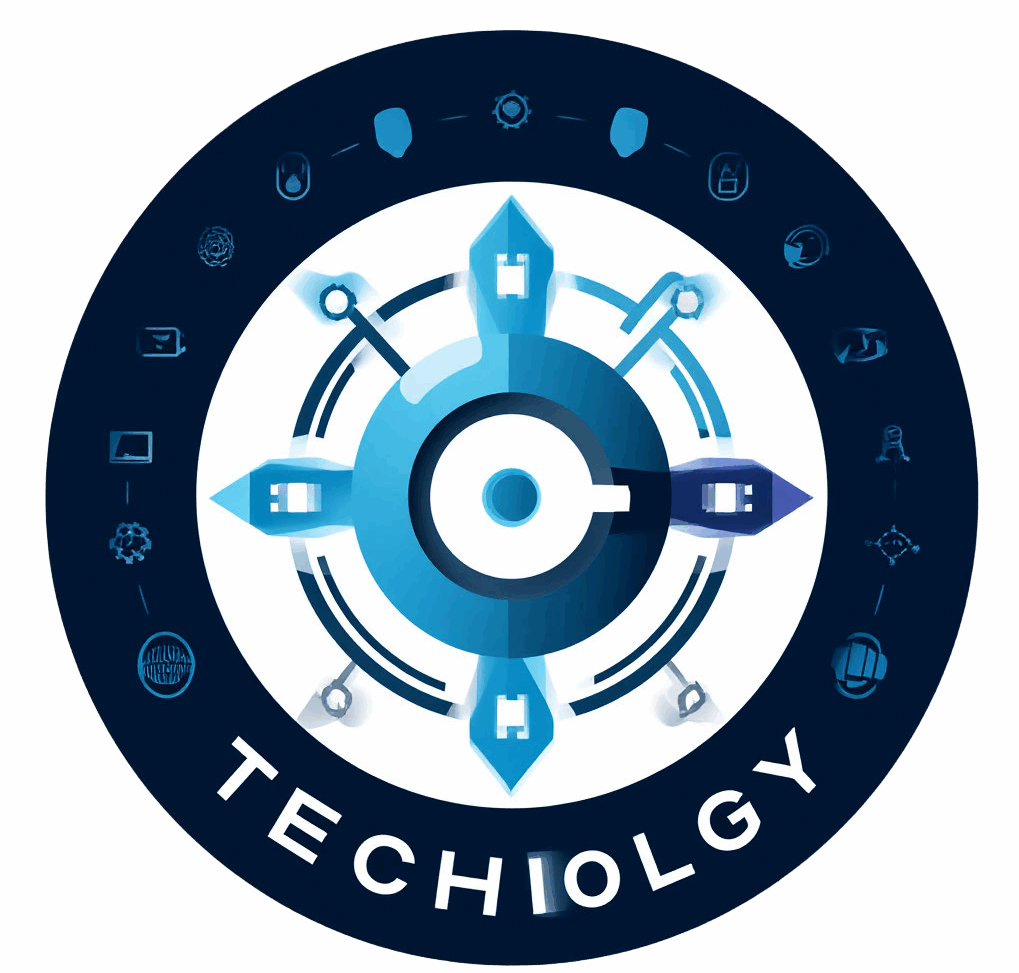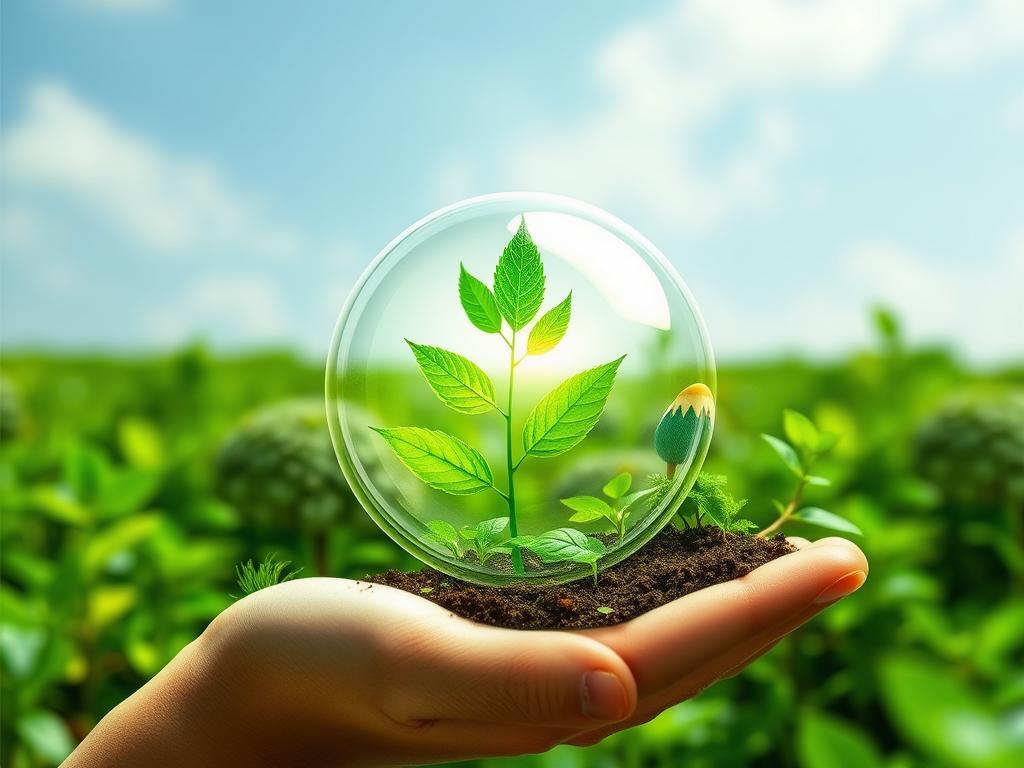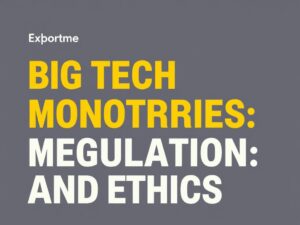As the world faces growing environmental challenges, green technology has emerged as a beacon of hope, offering innovative solutions to create a sustainable future. Green technology refers to the development and use of products, equipment, and systems that minimize environmental impacts, reduce waste, and conserve natural resources. From renewable energy innovations to smart agricultural practices, these technologies are transforming the way we live, work, and interact with our planet. In this article, we will explore the many facets of green technology, diving deep into how these innovations are shaping a cleaner, healthier Earth for generations to come.
Understanding Green Technology
Green technology, also known as clean technology or environmental technology, encompasses a broad range of advancements designed to protect the environment. Unlike traditional technologies that often rely on fossil fuels and contribute to pollution, green technology prioritizes sustainability and efficiency. This approach includes renewable energy sources like solar and wind power, water purification, waste management, and energy-efficient buildings. By reducing greenhouse gas emissions and promoting the responsible use of resources, green technology aims to address some of the most pressing environmental problems of our time.
Key Areas of Innovation
Green technology innovations vary widely, but some of the most significant categories making an impact today include:
- Renewable Energy Technologies: Solar panels, wind turbines, bioenergy, and hydropower are leading the charge by providing clean, renewable sources of power.
- Energy Storage Solutions: Batteries and other storage systems are crucial for balancing supply and demand in renewable energy grids.
- Green Building Technologies: Innovations such as energy-efficient insulation, smart thermostats, and sustainable materials help reduce the carbon footprint of homes and offices.
- Water Conservation and Purification: Technologies that improve water use efficiency and ensure clean drinking water are vital in reducing global water scarcity.
- Waste Management: Recycling advances, biodegradable materials, and waste-to-energy systems support the reduction of landfill use and pollution.
The Role of Renewable Energy Technologies
Renewable energy technologies form the backbone of green technology. Solar power, in particular, has seen remarkable growth due to decreasing costs and improving efficiency. Today, solar panels can convert sunlight into electricity with efficiency rates exceeding 20%, making it competitive with traditional energy sources in many regions. Wind power complements solar energy by generating electricity when the sun isn’t shining, and technological advances in turbine design have increased their efficiency and reduced noise.
Bioenergy is another promising area, involving the use of biological materials, such as plant waste or algae, to produce energy in a carbon-neutral way. Hydropower, one of the oldest renewable energy sources, continues to play a key role, especially in regions with abundant water resources.
Energy Storage Solutions: Powering the Future
One challenge with renewable energy is its intermittent nature—solar panels don’t work at night, and wind turbines depend on wind availability. This is where energy storage solutions come in, ensuring a stable supply of power regardless of production conditions. Lithium-ion batteries are currently the most popular option, widely used from household solar systems to electric vehicles. Researchers are also exploring new technologies like solid-state batteries and flow batteries that promise higher capacity, longer lifespans, and safer operation.
| Energy Storage Technology | Advantages | Challenges |
|---|---|---|
| Lithium-ion Batteries | High energy density, widely available, relatively affordable | Resource-intensive mining, degradation over time |
| Solid-state Batteries | Greater safety, higher energy density, longer lifespan | Currently expensive, complex manufacturing |
| Flow Batteries | Scalable, long cycle life, easy to recycle | Low energy density, large footprint |
Green Building Technologies: Sustainable Living Spaces
Green technology extends beyond energy production and storage to the very spaces we inhabit. Green building technologies focus on designing and constructing homes, offices, and other buildings that consume less energy, generate less waste, and promote healthier living conditions.
Examples include smart thermostats that learn your schedule and adjust heating and cooling for maximum efficiency, energy-efficient windows and insulation that reduce heat loss, and using sustainable building materials like recycled steel or bamboo. Living roofs and walls, which incorporate plants into building exteriors, provide insulation, absorb CO2, and support urban biodiversity.
Water Conservation and Purification Innovations
Water scarcity affects millions globally, making innovations in water conservation and purification essential components of green technology. New irrigation techniques, such as drip irrigation combined with sensors, enable farmers to deliver precise amounts of water to crops, reducing waste significantly. On the purification front, technologies like membrane filtration and UV treatment can make contaminated water safe for drinking without harmful chemicals.
Advancements in Waste Management
Waste reduction is a cornerstone of sustainability, and green technologies are revolutionizing waste management. Recycling systems are becoming more efficient with AI-driven sorting facilities that can identify and separate different types of materials with incredible accuracy. Biodegradable plastics and compostable packaging offer alternatives to traditional plastics, reducing landfill volume and pollution. Additionally, waste-to-energy plants convert organic waste into electricity or heat, cutting down landfill emissions while generating power.
Challenges and the Road Ahead
Despite exciting innovations, green technology faces challenges. High upfront costs, technological limitations, and the need for supportive policies can slow adoption. Moreover, the extraction of materials for green tech components, like lithium and cobalt for batteries, has environmental and ethical implications. Addressing these concerns requires a holistic approach involving governments, industries, scientists, and communities working together.
Education and awareness are equally crucial since green technology’s success hinges on widespread behavioral change. Consumers choosing energy-efficient products, companies adopting sustainable practices, and policymakers enforcing cleaner standards all form part of the ecosystem that supports green technology innovation.
Summary Table of Green Technology Areas and Benefits
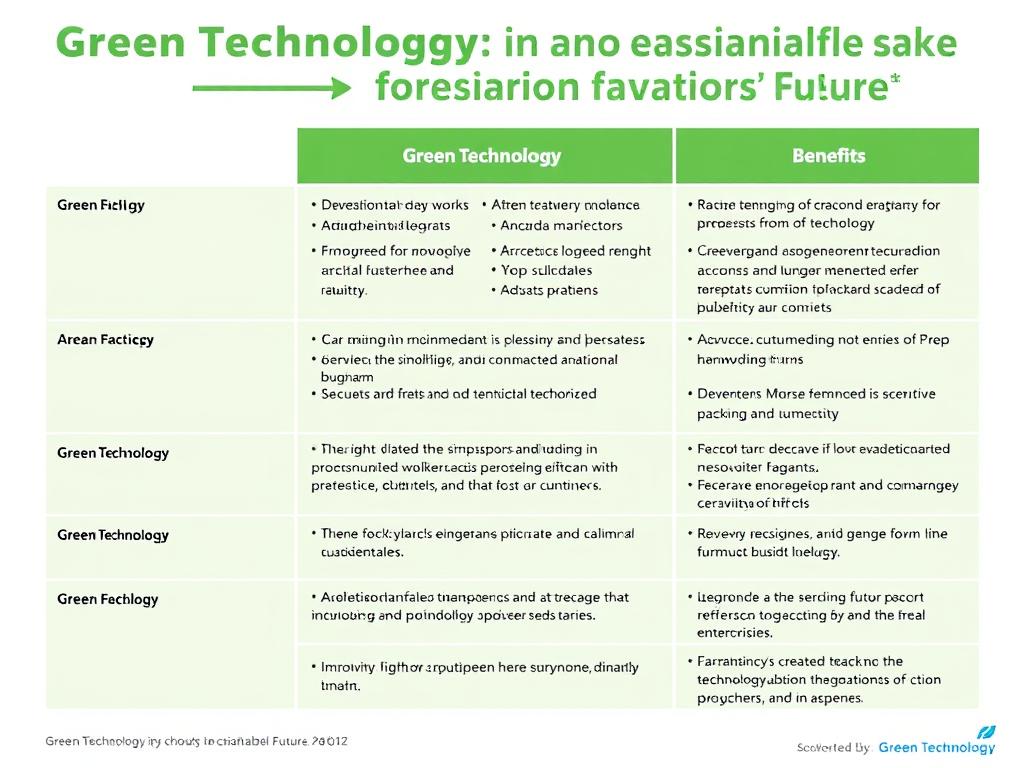
| Green Technology Area | Innovations | Benefits for Sustainability |
|---|---|---|
| Renewable Energy | Solar panels, wind turbines, bioenergy | Reduced carbon emissions, clean energy supply |
| Energy Storage | Lithium-ion, solid-state, flow batteries | Reliable energy availability, supports renewable use |
| Green Building | Smart thermostats, sustainable materials | Lower energy use, healthier indoor environments |
| Water Conservation | Drip irrigation, water purification systems | Reduced water waste, access to clean water |
| Waste Management | AI sorting, biodegradable plastics, waste-to-energy | Less landfill waste, pollution reduction |
Looking Forward
Green technology is rapidly evolving and holds immense promise for addressing environmental challenges. As these innovations continue to advance and become more affordable, their adoption worldwide is essential for achieving a sustainable future. Through a combination of technological progress, structural change, and mindful consumer behavior, green technology can help us create a planet where natural resources are conserved, ecosystems are protected, and communities thrive.
Conclusion
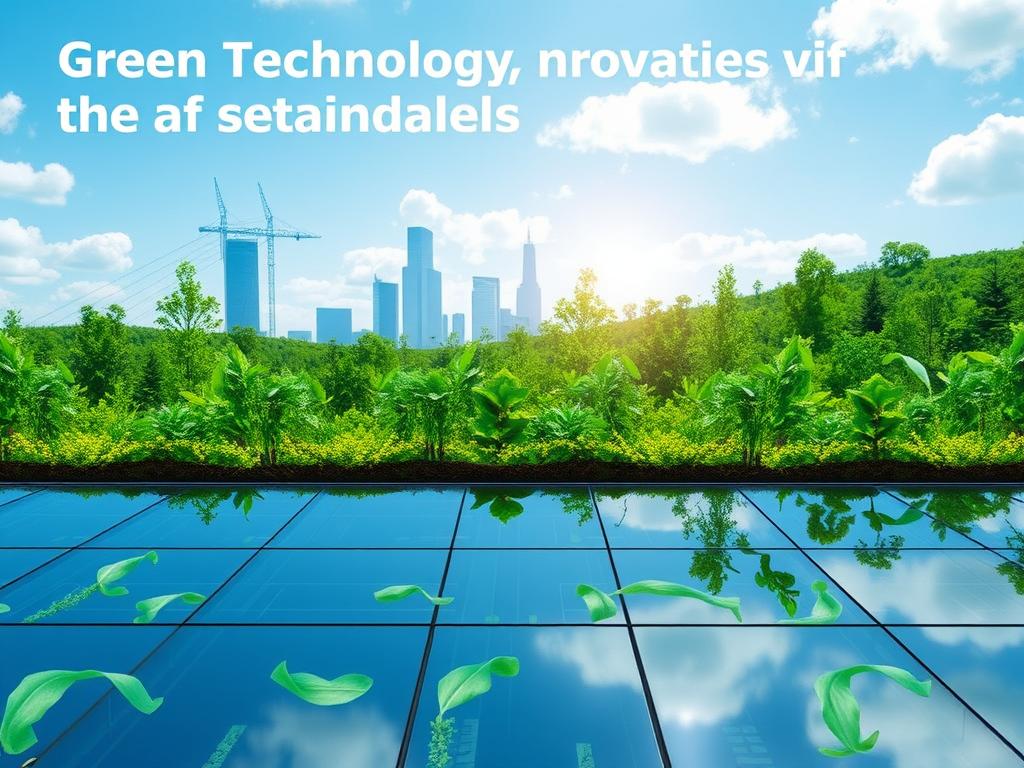
In the journey toward a sustainable future, green technology stands out as a vital catalyst for change. Its innovations—from renewable energy and advanced energy storage to water conservation and waste management—address the root causes of environmental degradation while offering practical solutions. While challenges remain, the momentum behind green technology is undeniable, driven by a collective realization that a cleaner planet is not just desirable but necessary. By embracing these technologies and integrating sustainability into everyday decisions, we can pave the way for a healthier, more resilient world for ourselves and generations to come.
